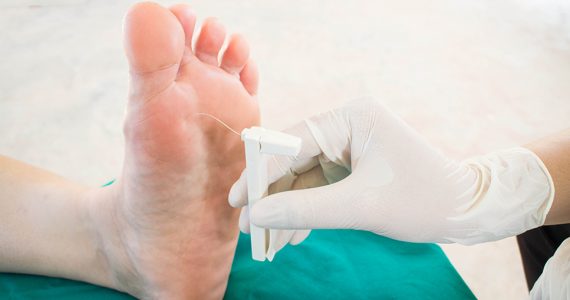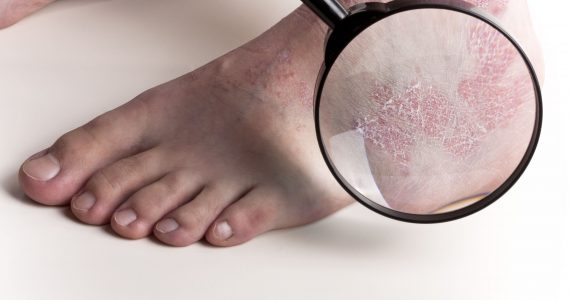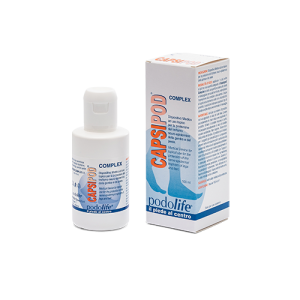
The diabetic foot syndrome today is considered as a disorder definitely disabling, and represents the most evident symptom of a widespread dysmetabolic disease that involves not only nerves but also arteries and veins in lower limbs. At the base of the diabetic foot symptoms and tissues alterations (pain, tingling, itching, loss of nerve sensitivity and skin ulcerations) we find a chronic alteration in the neuro-immune cells physiologically localized in the foot tissues. In particular, the mast cell (immune cell) localized in the dermal-epidermal foot tissues is involved in the inflammatory reactions, induced by a wide range of diseases (arthrosis, arthritis, diabetes, neuropathies, skin injuries, etc.), promoting the onset of those symptoms and tissue alteration that are typical in case of diabetic foot.
Frontier sciences have progressively realized how important is the understanding of the mast cell regulation mechanism for the management of signs and symptoms of the diabetic foot.
The treatment for diabetic foot with molecules of new generation, among which we find Adelmidrol (a mast cell modulator), allows the improvement of symptoms (pain, tingling, loss of nerve sensitivity) and skin alterations (ulcers) exploiting the natural mechanisms for the control of pain (and all the nerve sufferance) and dermal-epidermal tissues repair.




